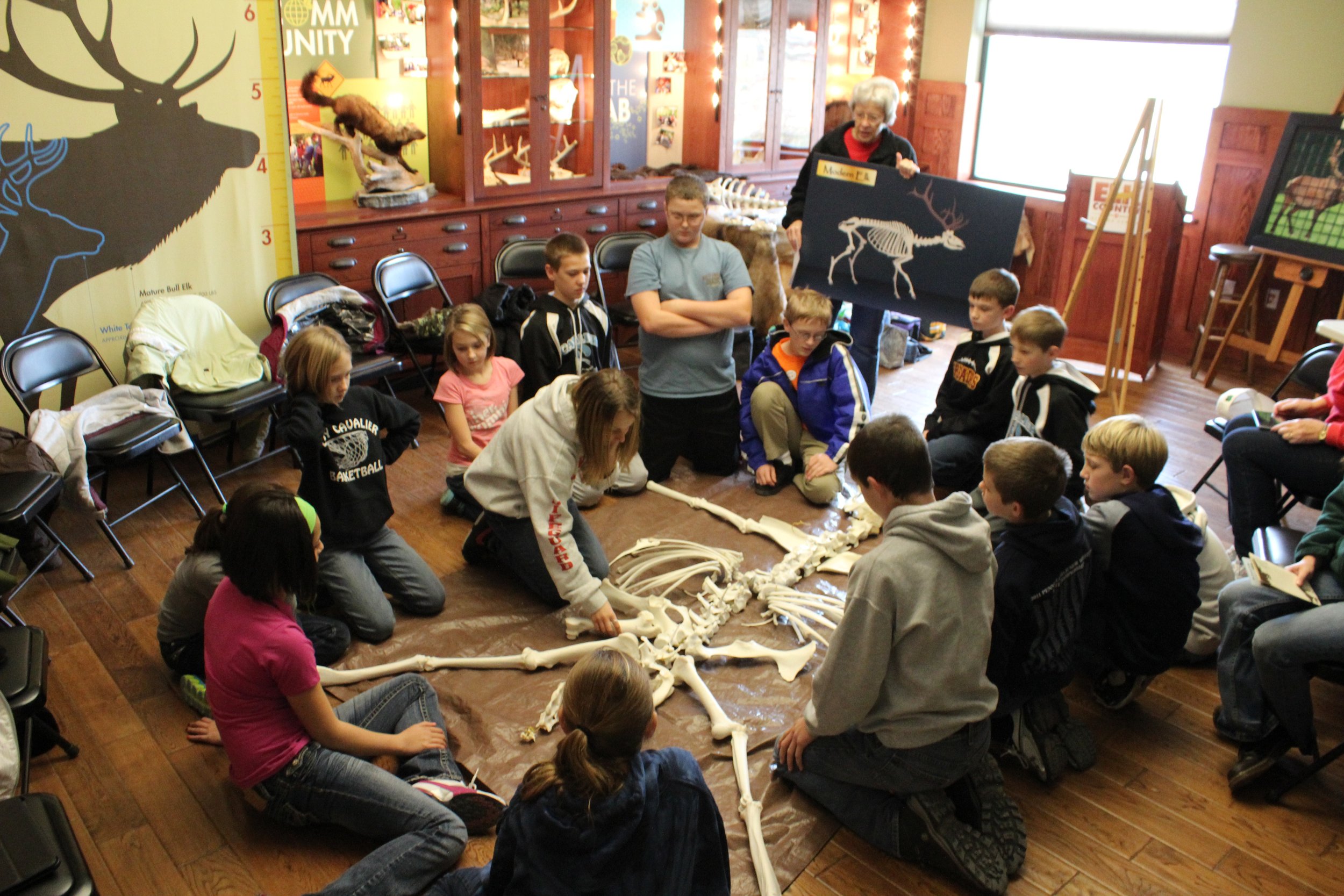
A VISION TO FUND AN APPALACHIAN RENAISSANCE:
Economy, Education, Environment.
OUR STORY
It’s been said that war and poverty are the two human conditions that cause the most damage to the environment. People trapped in these scenarios do not enjoy the time or the luxury to worry about carbon emissions, water quality, or wildlife habitat destruction. They are just trying to survive.
The Appalachian Wildlife Foundation (AWF) believes that environmental protection and wildlife conservation must proceed in a manner that accounts for the economic and educational realities of the region. With that in mind, AWF’s E3 strategy—Economic, Educational, and Environmental Renaissance—paves the way for sustainable growth by intertwining conservation with economic revitalization.
For several decades, tourism has been cited as the economic development strategy that could finally turn the Appalachian economy around. AWF agrees that tourism can create a sustainable, stable economy in this region by highlighting the abundant wildlife and magnificent natural beauty.
That’s why we are building Boone’s Ridge.
Boone’s Ridge Visitor Center
Boone’s Ridge
Boone’s Ridge is being built on a 12,000-acre site in Bell County, Kentucky, near Cumberland Gap National Park. Nearly 4,500 acres are reclaimed coal mines, showcasing the economic transformation AWF aims to achieve. The 81,000 square foot, $23 million visitor center is complete, and Boone’s Ridge will open to the public in 2026.
Boone’s Ridge aims to draw over 990,000 visitors yearly and generate $202 million in new spending, boosting the local economy with 200 jobs averaging $54,263 in a county with a median income of $23,558. Learn more.
E3 STrategy
AWF will use tourism revenue from Boone’s Ridge to fuel Economic, Educational and Environmental impact through programs and experiences at Boone’s Ridge and by granting funds through the Appalachian Wildlife Foundation to efforts that will transform the Appalachian region through the E3 Strategy.
There will be educational programs benefiting over 100,000 K-12 students, scholarships for local youth, establishing Boone’s Ridge as an educational hub, and collaborating with the Cornell Lab of Ornithology.
Boone’s Ridge will also highlight ecological restoration efforts, featuring the largest wild elk population east of the Rockies, over 260 bird species, and various mammals, while AWF is committed to habitat preservation and enhancing water quality in Eastern Kentucky.






